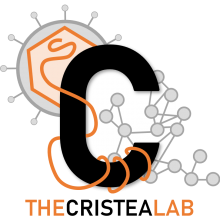A proteomics perspective on viral DNA sensors in host defense and viral immune evasion mechanisms
Type
The sensing of viral DNA is an essential step of cellular immune response to infections with DNA viruses. These human pathogens are spread worldwide, triggering a wide range of virus-induced diseases, and are associated with high levels of morbidity and mortality. Despite similarities between DNA molecules, mammalian cells have the remarkable ability to distinguish viral DNA from their own DNA. This detection is carried out by specialized antiviral proteins, called DNA sensors. These sensors bind to foreign DNA to activate downstream immune signaling pathways and alert neighboring cells by eliciting the expression of antiviral cytokines. The sensing of viral DNA was shown to occur both in the cytoplasm and in the nucleus of infected cells, disproving the notion that sensing occurred by simple spatial separation of viral and host DNA. A number of omic approaches, in particular, mass-spectrometry-based proteomic methods, have significantly contributed to the constantly evolving field of viral DNA sensing. Here, we review the impact of omic methods on the identification of viral DNA sensors, as well as on the characterization of mechanisms involved in host defense or viral immune evasion.

